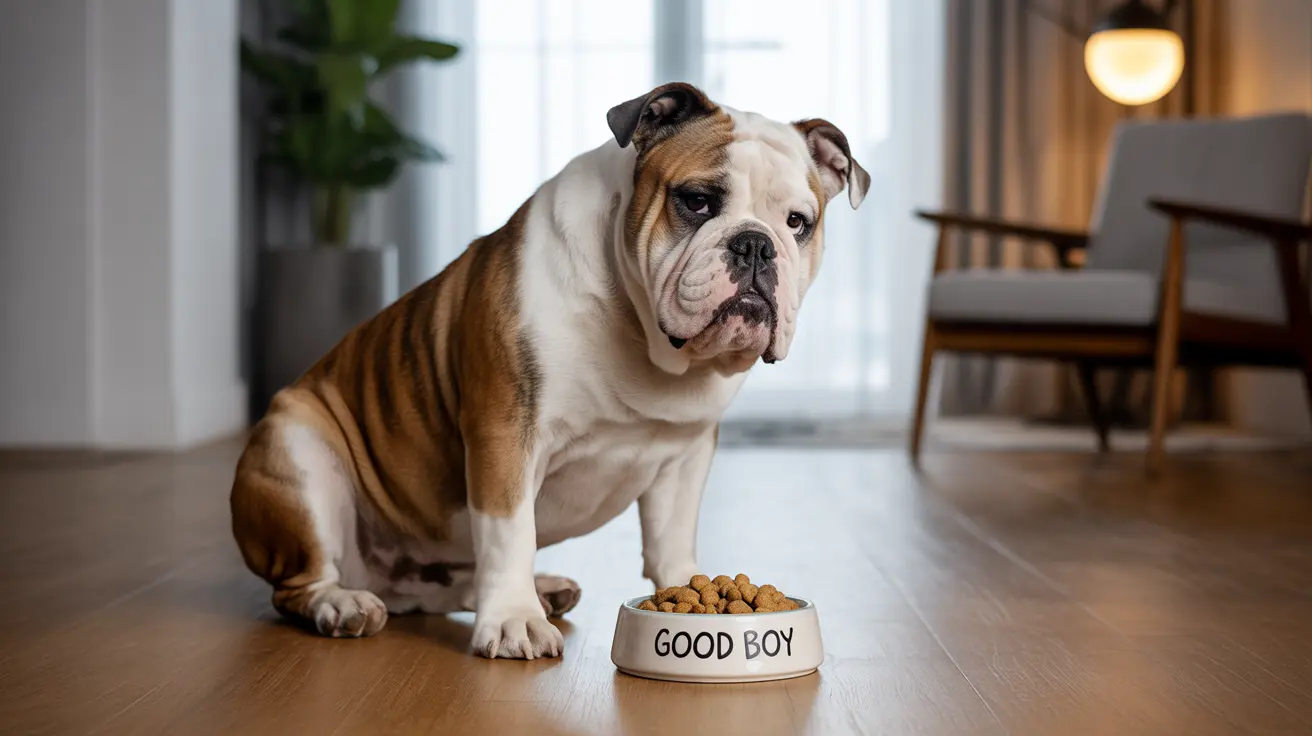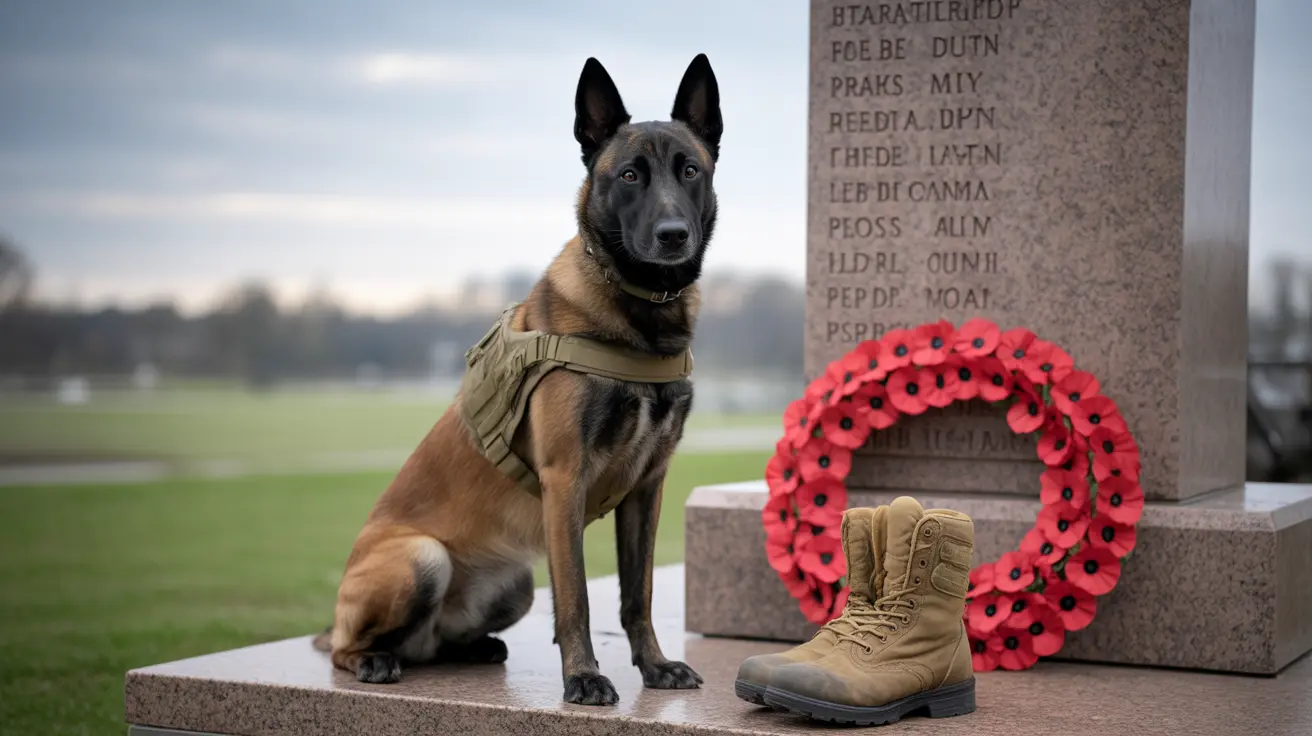Esophageal diverticulum in dogs is a concerning condition where pouch-like sacs form in the wall of the esophagus, potentially causing serious eating and digestive problems. While relatively rare, this condition can significantly impact a dog's quality of life if left untreated.
Whether present from birth (congenital) or developing later in life (acquired), understanding this condition is crucial for proper diagnosis and treatment. Let's explore everything pet owners need to know about esophageal diverticulum in dogs, from recognizing early symptoms to exploring treatment options.
What Is Esophageal Diverticulum?
An esophageal diverticulum occurs when a portion of the esophageal wall weakens and forms a pouch-like structure. This pocket can trap food and saliva, leading to various complications. There are two main types: pulsion diverticula, caused by increased internal pressure, and traction diverticula, resulting from external inflammation pulling on the esophageal wall.
Common Causes and Risk Factors
Several factors can contribute to the development of esophageal diverticulum in dogs. Certain breeds, particularly English Bulldogs and Cairn Terriers, may be more susceptible to congenital forms due to their anatomical structure.
Acquired Causes Include:
- Chronic inflammation of the esophagus
- Esophageal strictures
- Foreign body obstruction
- Vascular ring anomalies
- Underlying conditions like megaesophagus
Recognizing the Signs
Dogs with esophageal diverticulum often show distinctive symptoms that may become more apparent during or after meals. Early recognition of these signs is crucial for prompt treatment.
Key Symptoms:
- Frequent regurgitation, especially after eating
- Difficulty swallowing (dysphagia)
- Excessive drooling
- Coughing or gagging while eating
- Unexplained weight loss
- Decreased appetite
Diagnosis and Assessment
Veterinarians use several diagnostic tools to confirm esophageal diverticulum and determine its severity. The most common methods include contrast radiography and endoscopy, which allow visualization of the esophageal pouch and assessment of its size and location.
Treatment Approaches
Treatment options vary depending on the size of the diverticulum and severity of symptoms. Small diverticula may be managed conservatively, while larger ones often require surgical intervention.
Conservative Management:
- Dietary modifications (soft, easily digestible food)
- Elevated feeding position
- Multiple small meals throughout the day
- Medications for symptom control
Surgical Options:
- Surgical removal of the diverticulum
- Reconstruction of the esophageal wall
- Post-operative care and monitoring
Prevention and Long-term Management
While not all cases of esophageal diverticulum can be prevented, certain measures can help reduce complications and improve outcomes. Regular veterinary check-ups and prompt attention to eating difficulties are essential for early detection and management.
Frequently Asked Questions
What are the common symptoms of esophageal diverticulum in dogs?
The most common symptoms include regurgitation after eating, difficulty swallowing, excessive drooling, coughing during meals, and gradual weight loss. Some dogs may also show signs of discomfort while eating or drinking.
How is esophageal diverticulum diagnosed in dogs?
Diagnosis typically involves contrast radiography (X-rays) and endoscopy. These tests allow veterinarians to visualize the esophageal pouch and assess its size and location. Additional testing may be needed to rule out other conditions.
What are the best treatment options for esophageal diverticulum in dogs?
Treatment options depend on the size and severity of the condition. Small diverticula may be managed with dietary changes and elevated feeding, while larger ones typically require surgical correction. The best approach is determined on a case-by-case basis.
Can a dog's diet help manage small esophageal diverticula?
Yes, dietary modifications can help manage small diverticula. Feeding soft, easily digestible food in small, frequent meals while keeping the dog in an upright position can help minimize symptoms and prevent complications.
What are the potential risks and complications associated with esophageal diverticulum in dogs?
Potential complications include aspiration pneumonia, chronic inflammation, malnutrition, and weight loss. Without proper treatment, the condition may worsen over time, leading to more severe health issues.
Early detection and appropriate treatment are crucial for managing esophageal diverticulum in dogs. If you notice any unusual eating patterns or digestive issues in your pet, consult with your veterinarian promptly for proper evaluation and care.






